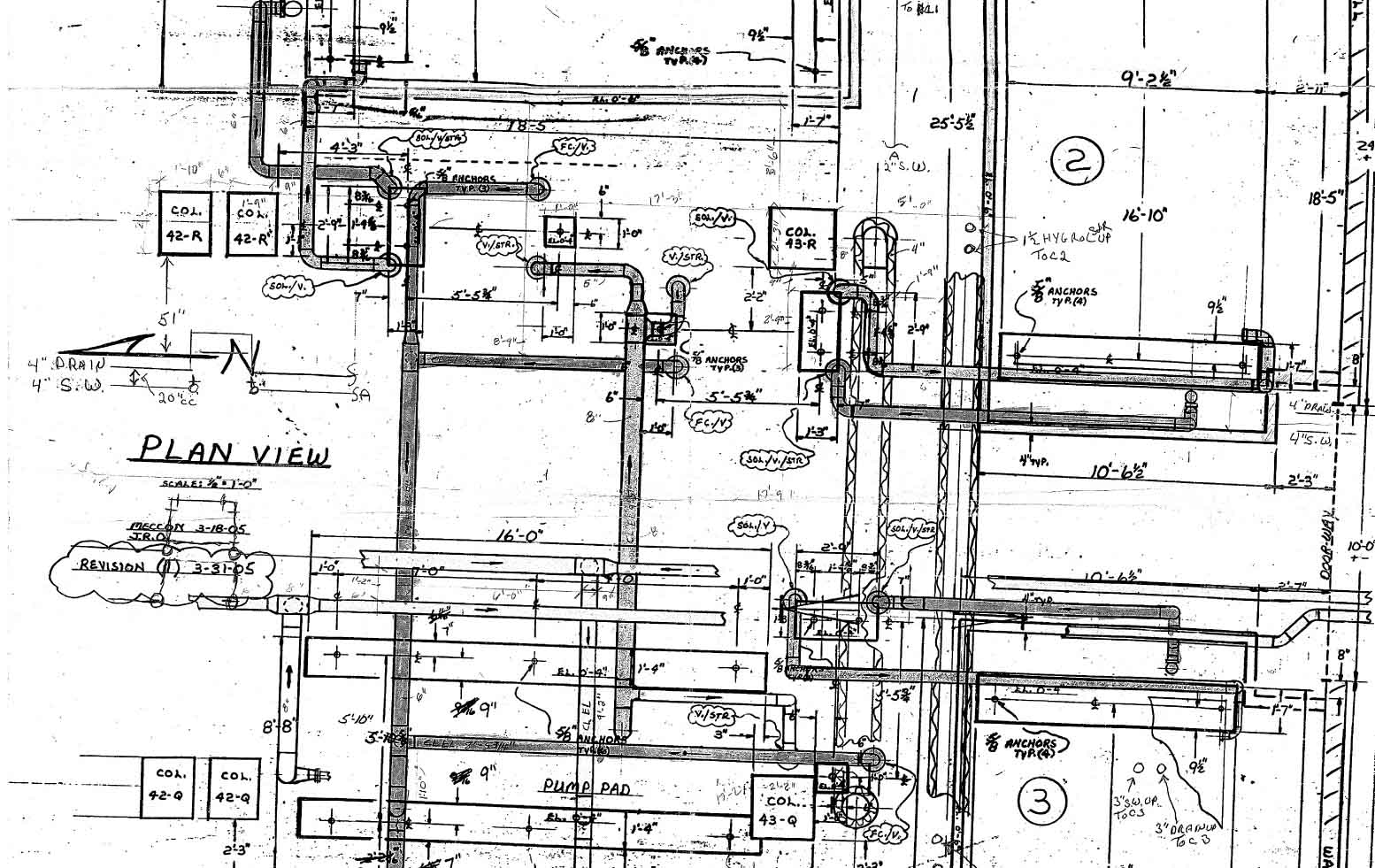
While most of us tend to ignore it on a day to day basis, caulk is one of the hardest-working materials in our homes.
Over time, however, caulk can crack or come loose, particularly around the bathroom fixtures that we use most often, including the bathtub and toilet. When this happens, water can leak into the openings, causing damage to the appliance and to the wall.
Regularly check on the strips of caulk around your bathroom appliances: If you notice any gaps or worn-down patches, it may be time to re-caulk. Can you easily spy any open joints? Have you just installed a new fixture and need to seal up the gaps? It sounds like you're ready to caulk!
Here’s what how to add caulk to the joints around your bathroom fixtures:
1.) Prepare the Area
First, perform a little bathroom surgery: Using a utility or putty knife, carefully strip away any old caulk from the joint. Using a strong household cleaner, clean the joint thoroughly, taking special care to gently apply bleach in areas where you spot mildew. After you’re satisfied with the area, dry it with a clean rag – to really get to the joint, try wrapping the rag around your putty knife for better access.
Before laying down the caulk, you may also consider putting painter’s tape around the area you’re caulking to help ensure clean, straight lines.
2.) Apply Caulk to the Joint
Select your caulk from a local hardware or DIY store. Once you’ve set up your caulk gun using the manufacturer’s instructions and you’re ready to start applying the seal, start by cutting the nozzle of the caulk tube at a slight angle, so that the opening is just slightly larger than the joint. If you’re going to be caulking several different joints, start with the smallest joints first, then cut the nozzle as necessary for each larger joint.
When you’re applying the caulk, hold the tube at a 45-degree angle to the joint. Apply steady pressure, and try to pull the caulk gun along the joint, rather than pushing it forward (which can cause an uneven bead to form).
3.) Tool the Caulk
Once you’ve laid down the caulk, use a paint stirrer, the flat end of a spoon, or a foam paintbrush to pass over the newly-applied bead: This both smooths the caulk and pushes it deeper into the gap, securing its hold and improving the seal. Make sure you do this step – called “tooling” – before the caulk begins to dry or cure. You should also remove any painter’s tape at this point, before the caulk dries, gently pulling it off and away at a 45-degree angle.
4.) Clean Up and Wait
Immediately use a damp rag to clean up any spilled caulk or wipe up any mistakes. Silicone caulk may require rubbing alcohol to clean up properly.
Let the caulk dry for several hours (check the manufacturer’s directions to see how long they recommend you let it sit) before using the fixture again, and don’t let it get wet before it finishes curing! Once it sets, you’re good to go! Your gaps are now freshly-sealed and airtight.
Have any other DIY projects you’re looking to tackle in the bathroom? Need some help dealing with an unexpected plumbing emergency? We’re here to help! Drop Combat Plumbing a line for all of your bathroom, kitchen, , water leak, sewer and gas line needs, day or night!








